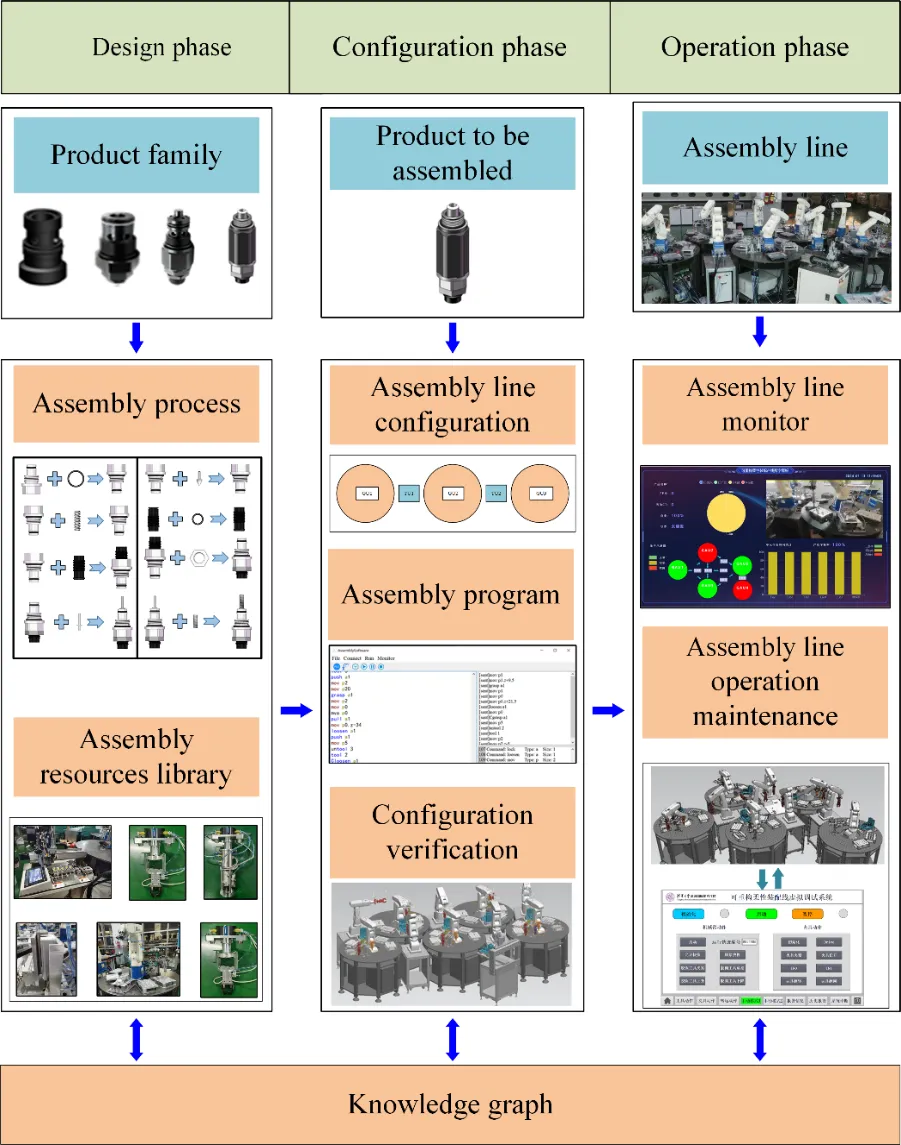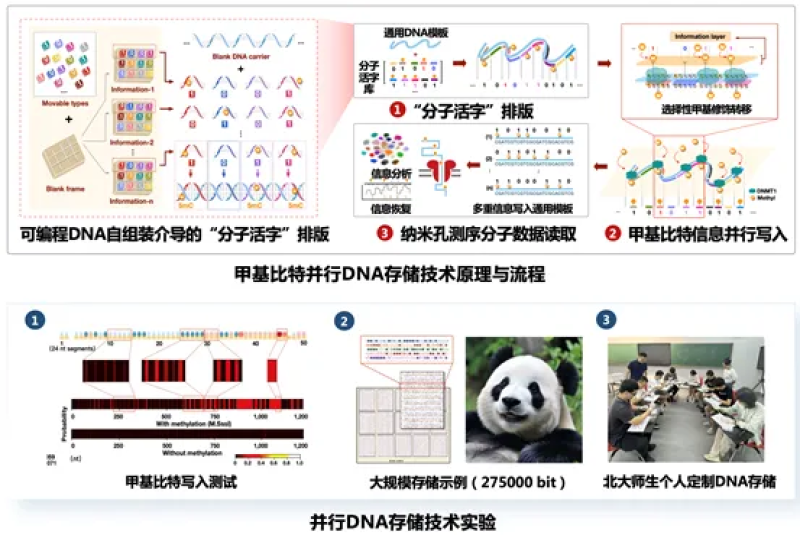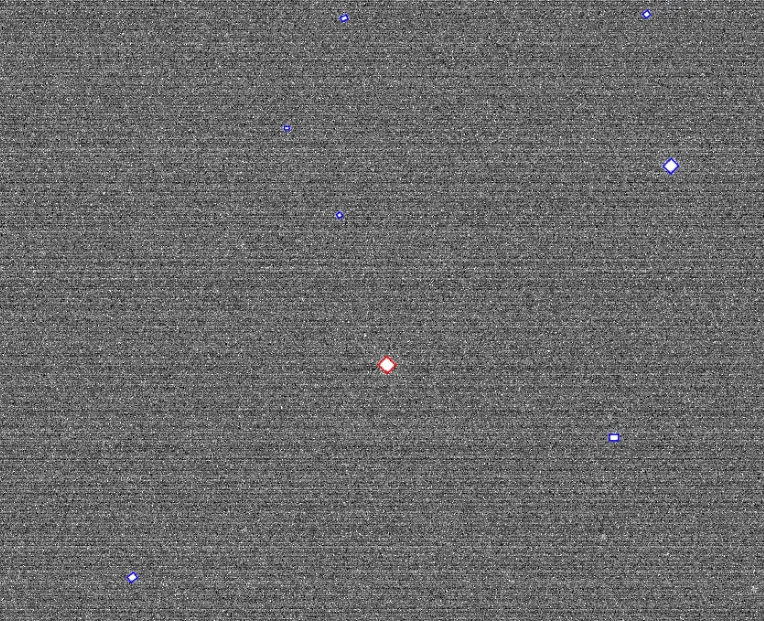Weekly Advanced Technologies〔63〕

Weekly Advanced Technologies〔63〕| Using Optical Cellular Imaging Technology, Scientists Enable Cells to Present Their True Nature | Reshape the Boundary of Manufacturing, Utilize Flexible Assembly to Steer the Future with Intelligence
In the frontier research of biology, the technology for analyzing three - dimensional sub - cellular dynamics in living tissues has been drawing increasing attention. The team led by XI Peng at Peking University has proposed the Multi-Confocal Image Scanning Microscopy (MC-ISM) technology. Using this technology, scientists can paint the picture of life in an instant.
Nowadays, we are in the era of product personalization, which poses numerous demands on the flexibility of product processing and assembly systems. To tackle these challenges, the team led by FENG Pingfa and ZENG Long at Tsinghua Shenzhen International Graduate School has developed a cross-category reconfigurable flexible assembly system.
Based on the weekly diary of technology provided by the daily list of the NCSTI online service platform, we launch the column "Weekly Advanced Technologies" at the hotlist of sci-tech innovation. Today, let's check out No.63.
1. National Science Review丨Using Optical Cellular Imaging Technology, Scientists Enable Cells to Present Their True Nature

MC-ISM super-resolution dynamic observation of mitochondria in living animal cells and plant tissues
Non-invasive resolution techniques for complex 3D subcellular dynamics in living tissues are increasingly emphasized in cutting-edge biological research. In order to achieve the simultaneous optimization of spatial resolution, imaging depth, and phototoxicity, by combing confocal scanning imaging with structured light super-resolution, XI Peng’s team at Peking University combines has proposed a multi-point confocal Multi-Confocal Image Scanning Microscopy (MC-ISM) technique. By optimizing the diameter and spacing of the pinhole, eliminating the out-of-focus signal and introducing a frame reduction reconstruction algorithm, the technique overcomes the limitation of spatial and temporal resolution balance, and extends the application range of super-resolution imaging in living organisms.
The synergy between hardware design and advanced algorithms enables MC-ISM to penetrate deep into the sample for a detailed observation of the deep-layer structures of tissues and capture the ever-changing dynamics of living organisms at high speed. Its relatively low phototoxicity allows cells to exhibit their vitality naturally, thereby revealing the mysteries of complex three-dimensional structures in living organisms. Taking the observation in plant cells as an example, MC-ISM overcomes tissue scattering and auto-fluorescence, achieving in-situ super-resolution imaging of mitochondria in the Arabidopsis thaliana hypocotyl, demonstrating its unique advantage in super-resolution imaging of thick plant tissues.
In the era of product personalization, the iteration cycle of cell phones, automobiles and other products is getting shorter and shorter, and the corresponding product mass customization production mode will gradually become popular, i.e., the production order has more categories of parts and smaller batch sizes. This is an important development trend of the intelligent manufacturing system, which puts forward higher requirements for the flexibility of the product processing and assembly system.
2. Journal of Manufacturing Systems | Reshape the Boundary of Manufacturing, Utilize Flexible Assembly to Steer the Future with Intelligence

Cross-category product reconfiguration technology system
To tackle these challenges, the team led by FENG Pingfa and ZENG Long at Tsinghua Shenzhen International Graduate School has developed a cross-category reconfigurable flexible assembly system. The system consists of a certain number of identical reconfigurable flexible assembly units, connected in series or in parallel, each of which is designed to mimic a manual assembly unit, i.e., a suitable fixture can be used to accomplish the assembly task assigned to the unit.
The team also put forward a new theoretical model of the five-element assembly and a framework for implementing the reconfiguration technology. The five elements are product, process, resource, knowledge and decision-making. The product is the assembly object to be assembled. The process describes how the product is assembled step by step using one or more assembly resources. The resource refers to machines, equipment or apparatuses that carry out the process. Decision-making includes all kinds of assembly methods used during the whole assembly process. Knowledge is the representation and storage of the previous four elements, and is usually represented in a structured form, such as a knowledge map. Compared with the existing assembly models, this innovative formal five-element assembly model extends the two elements of knowledge and decision - making and puts them
The reconfiguration technology implementation framework belongs to the decision-making Element. According to the application stages of various assembly decision-making methods, this framework is divided into three stages: design, configuration, and operation, providing systematic guidance for users regarding the production line reconfiguration for new products.
In the design stage, various assembly-related information in product assembly (such as assembly processes, assembly steps, assembly actions, and rules) is summarized and stored in the knowledge graph, and various supporting resource libraries are designed. In the configuration stage, an assembly line with the best layout is obtained, an automatically-generated assembly program is created, and the virtual debugging technology is used to optimize and form the final assembly plan. In the operation stage, a digital twin model of the assembly line is created, and assembly line operation, maintenance, and decision-making technologies are applied to improve the stability, flexibility, and intelligence of the production line.
3. Nature丨The Giant Panda "Feiyun" is Written in DNA Molecules!

Principle flow and experimental results of epi-bit DNA storage
In the big-data era, the global data flood has presented a severe challenge to data-storage technology. DNA molecules, thanks to their extremely high data-storage density and extremely long lifespan, have emerged as a disruptive storage medium that has drawn much attention. A joint research team led by ZHANG Cheng from the School of Computer Science and QIAN Long from the Center for Quantitative Biology at Peking University, along with other collaborators, has put forward for the first time a method of parallel molecular data storage by printing epigenetic bits on DNA. Rather than relying on the mainstream “ab initio” write route principle, this technology allows for the parallel printing of digital information encoded in “epi-bits” (5-methylcytosine) on DNA molecules through a combination of DNA self-assembly and selective enzymatic methylation. Meanwhile, the research has also successfully developed a personalized DNA storage example, demonstrating the potential of convenient distributed DNA storage applications.
The team successfully wrote high-definition pictures of the "White Tiger" eave tile in China's Han Dynasty and the national treasure giant panda "Feiyun" into DNA molecules. The data amount exceeds 275,000 bits. Compared with other previously published non-traditional DNA storage technologies, the data scale has been increased by over 300 times. A portable nanopore sequencer was used for information retrieval, achieving high-throughput retrieval of complex epi-bit information on DNA templates. Moreover, through parallel analysis of over 240 different modification patterns in a single run, the original data was restored without any loss.
The researchers also demonstrated the potential for distributed storage applications of this technology. In the personal customized DNA storage experiment, 60 young volunteers with a wide range of backgrounds from Peking University, North China Electric Power University and other units were invited, by whom private data were hand-written into the DNA and saved by the individual in a daily environment, and the relevant data were not read until the time of use, which can effectively guarantee the privacy and security of personal data. With this distributed DNA storage method, not only can the threshold of using DNA storage be greatly reduced, but also the data privacy can be guaranteed.
The establishment of this method has not only laid a technical foundation for the realization of large-scale molecular data storage in a rapid and low-cost manner, but also offered a completely new idea for the future development of DNA storage.
4. Guess, How Accurately Can a Star Be Positioned Nowadays?

Observed images from GNSS satellites (satellites in red, stars in blue)
As the Global Navigation Satellite System (GNSS) develops and improves, satellite navigation has become the most crucial method for obtaining platform positioning and timing information, being able to provide high-precision positioning and timing information for the platform. Currently, the interference technology of GNSS shows the development features of high-power, intensiveness, and deception. It is difficult to ensure the continuous effectiveness of navigation solely by relying on GNSS.
Traditional astronomical navigation acquires inertial attitude information by observing an infinite number of stars. Given a time reference, the inertial navigation system (inertial guide) is utilized to offer a dynamic horizontal reference for achieving positioning and orientation. Since there is no distance information regarding stars, it is not possible to correct the horizontal reference error of inertial guidance through star-observing. At present, in China, a navigation accuracy of approximately 300 meters is generally attained, which fails to meet the requirements of high-precision applications.
The team in the Division of Science and Technology for Optical Astronomy of Shanghai Astronomical Observatory has extended the observational objects of astronomical navigation from stars to include satellites with precise ephemeris (such as GNSS satellites, SLR satellites). By observing satellites with high-precision three-dimensional distance information and distant stars, they use basic astrometric techniques to achieve positioning and orientation.
The team independently developed the algorithm for this navigation scheme and carried out a six-month experimental verification using a small-sized optical telescope with an aperture of 85 mm. The test results show that the site position obtained within one minute has a precision better than 50 meters compared with the position results (with centimeter-level precision) calculated by using RTK (Real - Time Kinematic) technology, and the precision level is comparable to that of Honeywell in the United States (about 30 meters).
This navigation technology, which is completely independent of GNSS, can provide navigation services for platforms. In combination with other means such as inertial guidance for aircraft, ships and spacecraft, it can also enable autonomous navigation under GNSS-denied conditions.
5. Nano Letters丨“Antiferroelectric”Neurons Enable Handwriting Recognition to Reach a High Level in an Instant, with the Recognition Rate Soaring by 90%

Schematic diagram of a power function modulation strategy for brain-like computation
The human nervous system is a highly parallel, low-energy, information-processing system with autonomous learning capabilities. Brain-like computing is proposed based on the structure and workings of the human brain, and devices are developed by simulating biological neural networks, neuronal functions and synaptic functions. Neuromorphic devices allow information to be processed at the location where the data is stored, greatly reducing the need for data transfer between storage and processing units, resulting in a significant increase in speed and energy efficiency. The implementation of artificial neuronal and synaptic functions within the same architecture will provide a promising avenue for large-scale neuromorphic computing.
Recently, a research group from the School of Microelectronics at Fudan University has developed a new-principle artificial synaptic/neural component by using emerging antiferroelectric nanomaterials that are compatible with CMOS processes. The research group has discovered that the zirconium-doped hafnium oxide (Hf1-xZrxO2) material undergoes a transition from ferroelectric to antiferroelectric polarization behavior and displays unique step-like polarization reversal and inherent depolarization characteristics. Through work function engineering, they introduce a built-in bias, which effectively addresses the issue of insufficient net residual polarization under zero-bias conditions. Meanwhile, this material also demonstrates numerous advantages in terms of durability and high-density three-dimensional integration, thus providing a new implementation approach for next-generation neuromorphic computing.
They investigated the behavioral properties of the integrate-discharge-leakage (LIF) neuron under different pulsed stimuli based on symmetric electrode configurations, showing a low firing energy consumption of 1.36 fJ/spike. By introducing asymmetric electrodes to form a biased electric field, the polarization hysteresis characteristics were shifted to form two distinguishable polarization/resistance states. Synaptic behaviors including paired-pulse facilitation (PPF) and long-term potentiation/inhibition (LTP/LTD) were successfully achieved with a power consumption as low as 245 aJ/spike. Handwritten digit recognition was successfully demonstrated based on the constructed artificial neural network (ANN) system, with a recognition rate of more than 90%.
Columnist: Li Xiaoxiao
Translator: Liu Kaiyuan